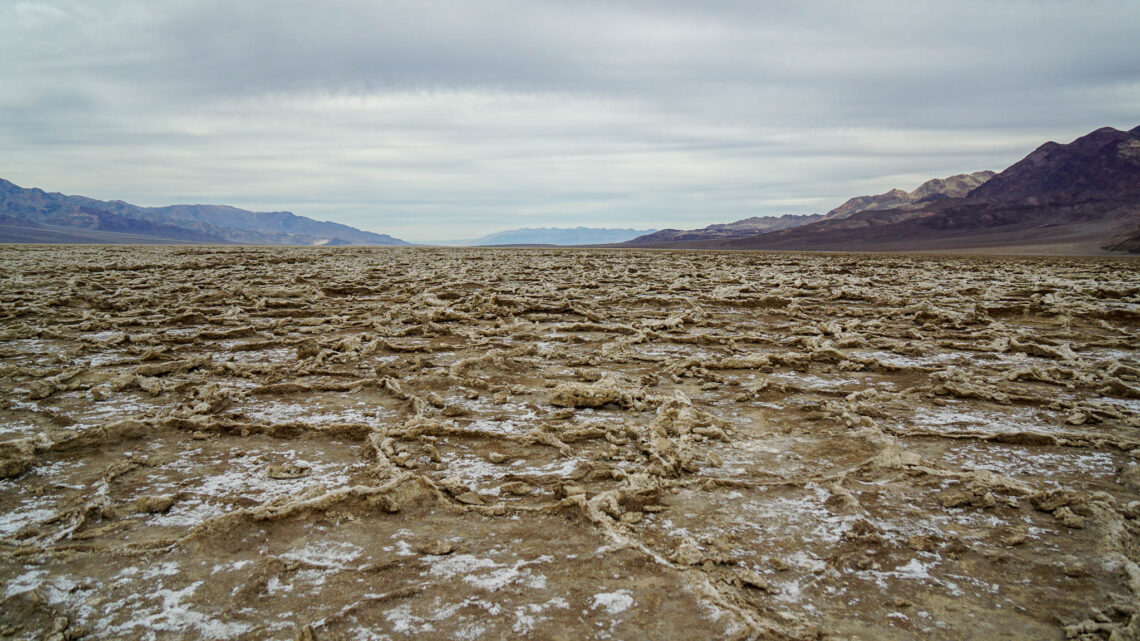
Visiting Death Valley National Park- What You Need to Know Before you Go
Last Updated on March 17, 2022 by Polly Dimitrova
Earlier this year my husband and I decided to explore Death Valley National Park on a spontaneous whim. We did as much planning as we could before heading out but felt a lot of the information was inadequate and discovered a lot of things on our own, in real-time with our adventures. Because of that, I wanted to share the top things you need to know before visiting Death Valley National Park – Southern California’s hottest gem!
When to Visit Death Valley National Park
The most important thing to remember when planning a trip to Death Valley is that you should not be visiting in the summer. With temperatures reaching 110 – 135 degrees, you definitely would want to avoid the months from May to September. Many believe that the beginning of spring is the best season for a trip to Death Valley, however, we visited in January and absolutely loved the weather. Even during the night, the temperatures did not fall below 40 degrees. A winter trip also means fewer crowds, even on weekends!
How Much Time Do you need in Death Valley
Located approximately 5 hours away from Los Angeles, some people just plan a day in Death Valley National Park. The must-see sights are all in close proximity to each other and only take a few hours, so a day trip is definitely doable. I strongly recommend staying for at least two days as you will get the chance to explore more of the extraordinary scenery. The more time you spend, the more you will experience what is hidden behind what initially appears to be a very rugged and deserted inhospitable landscape. For those of you, who have a high clearance vehicle and are ready for some off-the-beaten-path adventures, 3 to 4 days would be even better!
Getting to Death Valley National Park
Located in South-eastern California, Death Valley National Park is approximately 270 miles away from Los Angeles. The national park’s close proximity to Nevada also means that you can easily make the trip from Las Vegas to Death Valley in slightly over 2 hours. Those traveling from Las Vegas can follow Highway 160 to Pahrump and then over to Bell Vista Road, which will take you North-west before joining Highway 190, running through the entire Death Valley National Park.
Arriving from Los Angeles or San Diego requires a longer drive. You would prefer to stay away from the busy and always heavily-trafficked I-5. Head East first towards San Bernardino, before joining I-15 North, to Baker. Following Highway 127 next will take you all the way into the park and the main campgrounds.
Getting Around Death Valley National Park
Death Valley National Park will immediately welcome you with its rugged, harsh, and deserted landscapes. Visiting the biggest national park in the contiguous United States means a lot of driving and navigating. The combination of remote locations and bumpy gravel roads should not discourage you, though! While the national park services advise high clearance vehicles for some of the attractions in Death Valley, many of them are also reachable by sedans and SUVs. Click here for more information.
For navigation within the park, I recommend that you either download an offline map of the local area through google maps or your personal favourite service or grab a good paper map of the area! Data service in the park, like many National Parks, is nearly nonexistent and you should plan accordingly to find your way around without service.
Note: The drives are really bumpy and rocky! Along one of these gravel roads we lost our license plate, but luckily other fellow travelers found it and gave it back to us! Always thankful for that!
Entrance Fee and Passes
Similar to the vast majority of USA National Parks, you are required to pay an entrance fee when visiting Death Valley. Vehicle passes cost $30 and allow you access for a 7-day period. An annual park pass is $55, while a full year America the Beautiful Annual Pass (grants access to all National Parks) is $80, so it is definitely worth considering if you are planning to visit numerous national parks. Active military also gets a free annual pass. Click Here for up to date fee prices.
Note: Compared to the other National Parks that we have visited, Death Valley does not have official park rangers entrance stations. You have to head to the Furnace Creek Visitor Center or Stovepipe Wells Ranger Station inside the park to get your passes. You can also purchase your pass in advance here.
Opening Hours
While Death Valley is open 24 hours a day, 365 days per year, you should keep in mind that the visitor centers and campgrounds are not operational year-round. The Visitor Centers generally operate between 8AM – 5PM, but some of the ranger’s stations also close for lunch breaks. You can find self-service kiosks for purchasing your entrance passes and paying the campground fees at most of the campgrounds. It is also worth noting that some of the campgrounds, such as Stovepipe Wells and Texas Springs are only open late fall through spring seasons. Click Here for the full campground schedule.
Where to Stay in Death Valley
One of the first things to consider when visiting Death Valley National Park is where you will be staying. First of all, you definitely want to stay within the park and closer to the sights you have on your travel itinerary unless you want to spend hours driving.
With only three hotels in Death Valley, the options might be fairly limited, especially if booking at the last minute. Many visitors, attracted by the central location of Furnace Creek, either choose The Inn at Death Valley or The Ranch – both open year-round. The Stovepipe Wells Village and Panamint Springs Resort are the other two lodging options.
Our first camping trip was actually to Death Valley National Park. Visiting during the wintertime meant that we could take this spontaneous trip without having to make reservations beforehand and we actually managed to get a very good camping spot at Stovepipe Wells. We were treated with a remarkable sunrise as the sun gradually made its way above the mountain summits every morning. It might not be as centrally located as Furnace Creek, but all the places we wanted to visit were in close proximity. It operates on a first-come-first-serve basis and is only open between fall and spring. The barbecue pit and picnic tables for each tent spot were a nice added bonus. Click here for the full list of campgrounds and up to date information on the camping fees in Death Valley.
Where to Eat in Death Valley
The food options are as limited as the lodging options, so be prepared. You can find a restaurant at the Inn at Death Valley, but reservations are recommended. The Ranch has buffet options for breakfast, lunch, and dinner, so this might be a good option.
As I mentioned previously, we decided to camp when visiting Death Valley, so we brought and prepared our own food. For just two nights, we were happy with our adventure meal packs and hot tea with rum. We were fairly surprised by ourselves with this being our first camping trip, but we loved every minute of it! You could say camping in Death Valley is ‘in tents’!
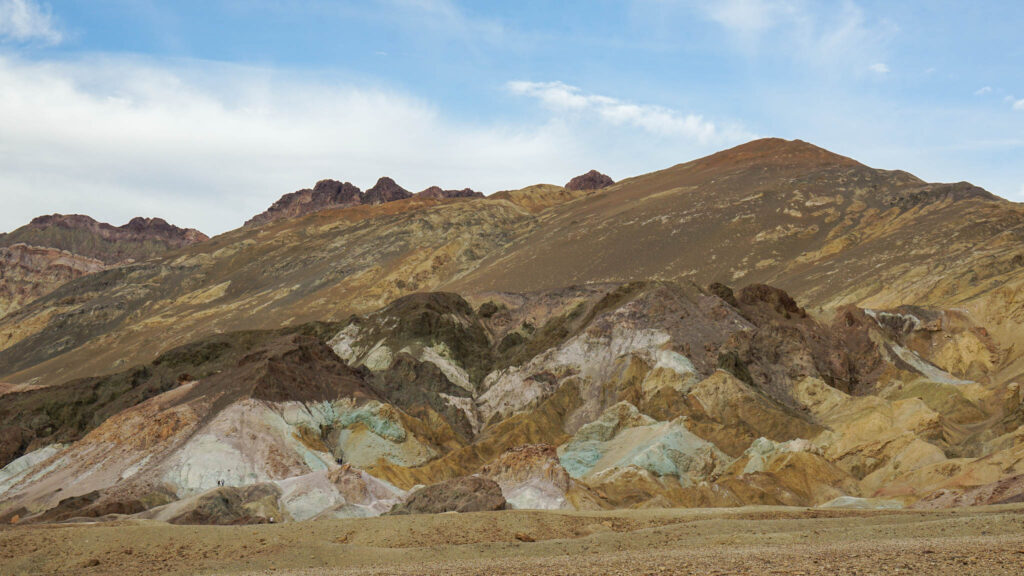
Food
One of the most important tips for visiting Death Valley is to bring your own food! Contrary to other national parks, Death Valley does not have a grocery store. You can find overpriced gas station food and junky snacks at the gas stations, but they are not worth the money. Instead, get a cooler and bring the following:
- breakfast bars
- trail mix
- sandwiches for lunch
- lots of water!!!
Note: You will find water fountains near the 3 main campgrounds in Death Valley, however, you should still be ready for the unexpected. We over-prepared and brought 5 gallons of water, and we only used a third of it. You are always better safe than sorry!
Gas
Covering over 3 million acres, Death Valley is the largest national park in the contiguous United States. While the vast majority of the best places to visit are located in close proximity to each other, you should be prepared to drive for miles without any signs of civilization or a spot to fuel up. With more than 93% of the park being designated as a wilderness area, it is no surprise!
Having a full tank of gas before entering the park is highly advisable to avoid getting stranded. Within the park, you will find gas stations at Panamint Springs, Stovepipe Wells and Furnace Creek Campgrounds. Keep in mind that the Furnace Creek area is the most well-known and as such, fuel there is extremely overpriced! On our visit, we noted Stovepipe Wells had gas prices at least a dollar per gallon cheaper!
Cell Service
One of the main reasons why I enjoyed Death Valley so much was the complete lack of cell service. It might sound a bit odd, but I absolutely loved the 48 hours of no phones, no screens, no emails, and no social media. Instead, I had 48 hours of real connection to the world we live in! The lack of cell service, however, can cause problems when visiting Death Valley National Park! Prepare for your trip by:
- Print out the national park map
- Download an offline map on your phone
- A travel itinerary with the places you want to visit
- Mark your places of interest on the maps you have prepared for easier navigation
Note: Keep in mind that you will lose your signal at least 30 – 50 miles before you enter Death Valley, so make sure to have everything prepared before leaving!
Things to See and Do in Death Valley
- Badwater Basin
- Mesquite Sand Dunes
- Artist Drive
Must-Do Hikes in Death Valley
I hope this guide helps you when visiting Death Valley National Park. We thoroughly enjoyed it and plan to go back at some point! Let me know down below, have you been to Death Valley? What was your favourite spot? Or are you just planning a trip, and what are you excited to see? I would love to know what you have to say!
One final tip to leave you with: Keep the environment clean for future visitors to enjoy. If you take it in, take it out. Do not leave trash on the trails!
You May Also Like
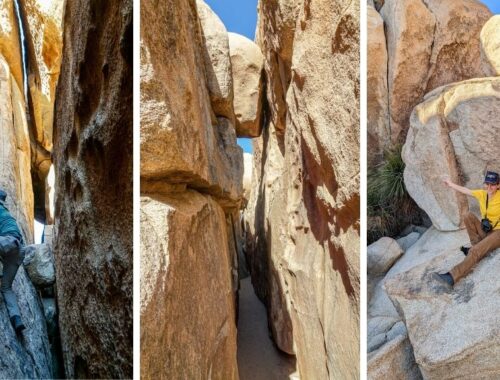
52 in 52, Episode 10: Hall of Horrors in Joshua Tree National Park
March 11, 2022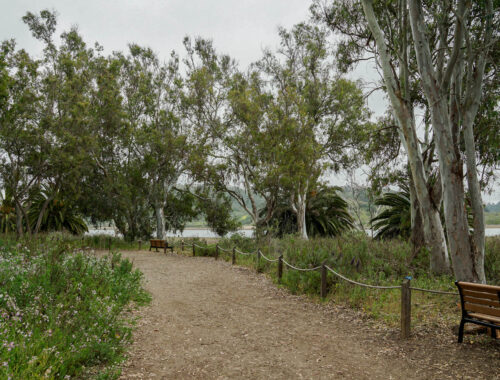
52 in 52, Episode 15: Batiquitos Lagoon Trail
April 15, 2022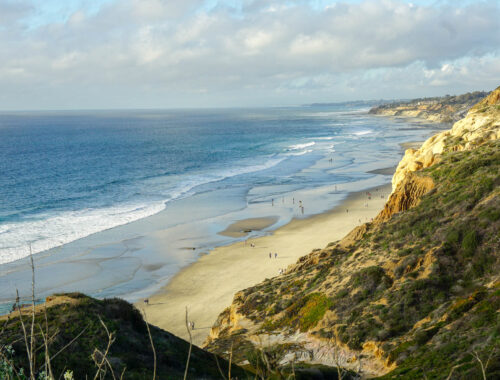

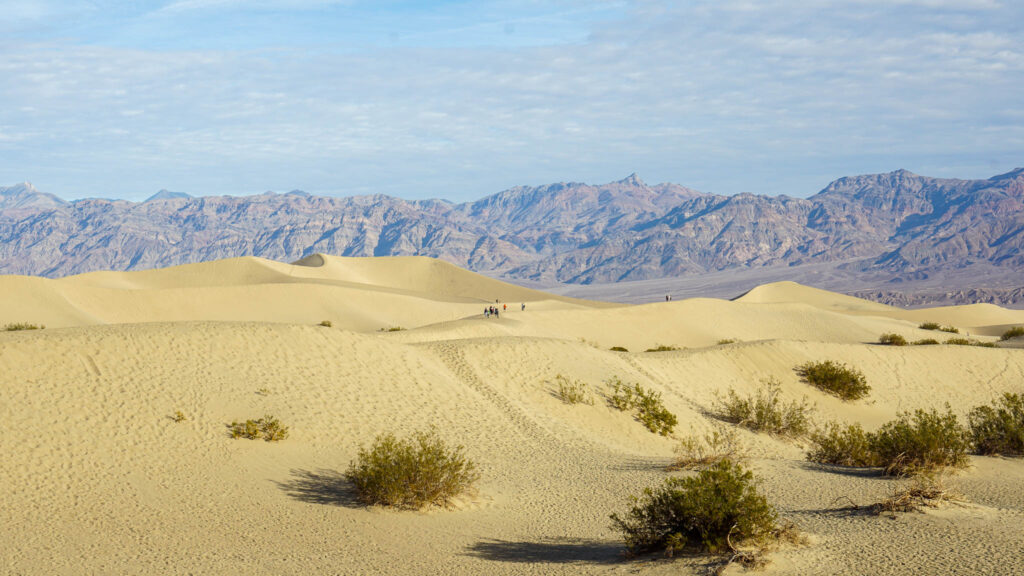
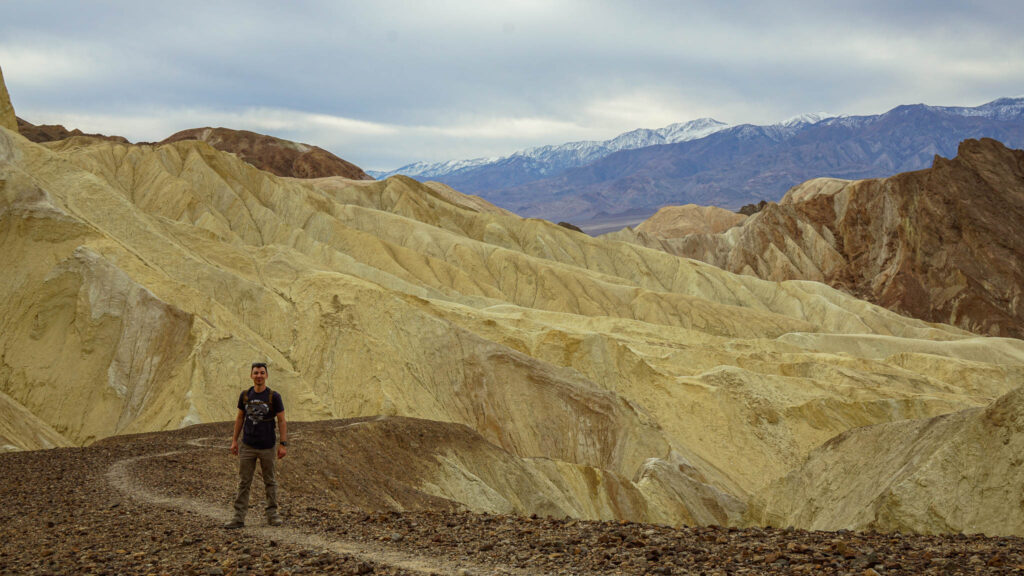
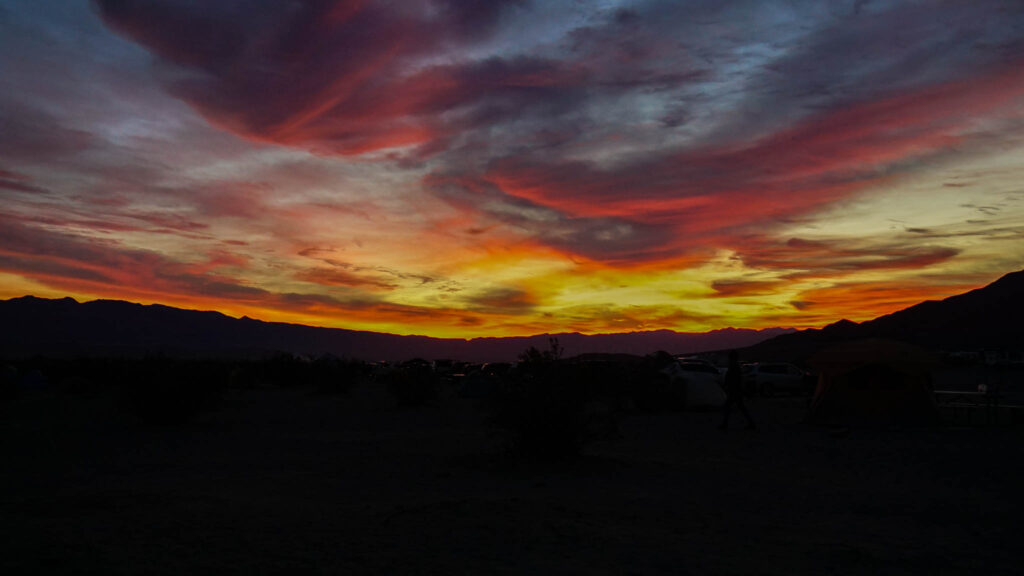
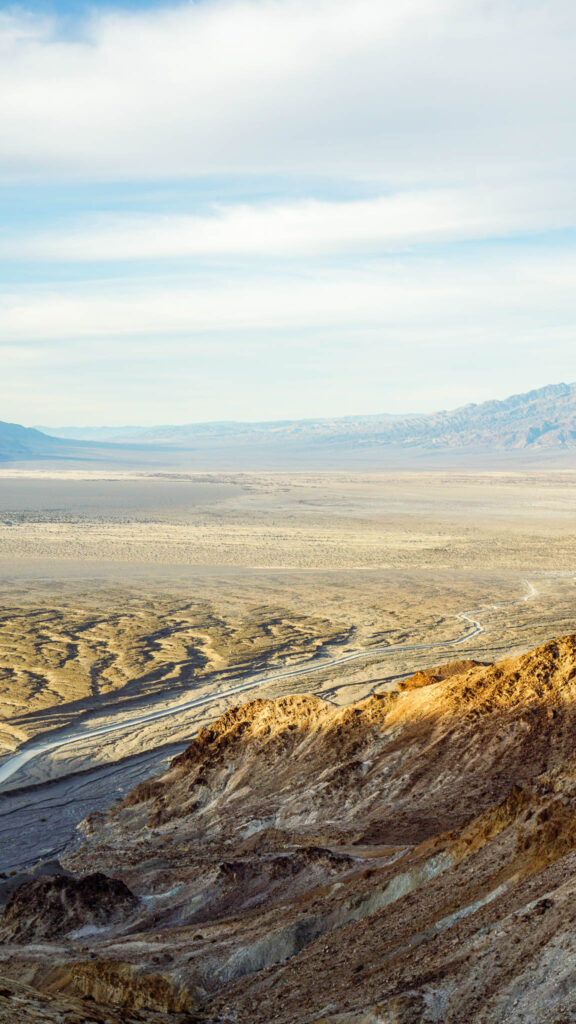
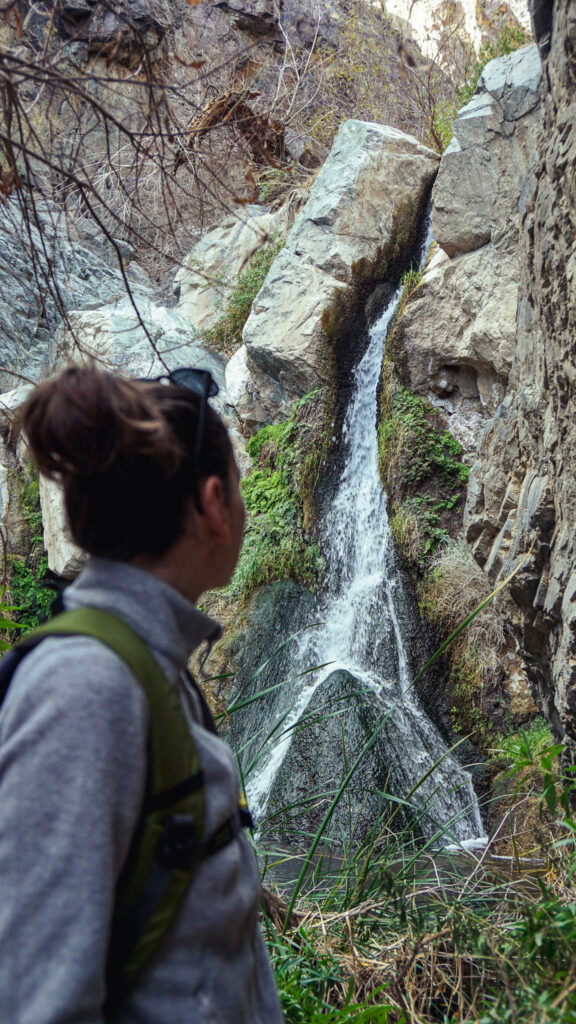
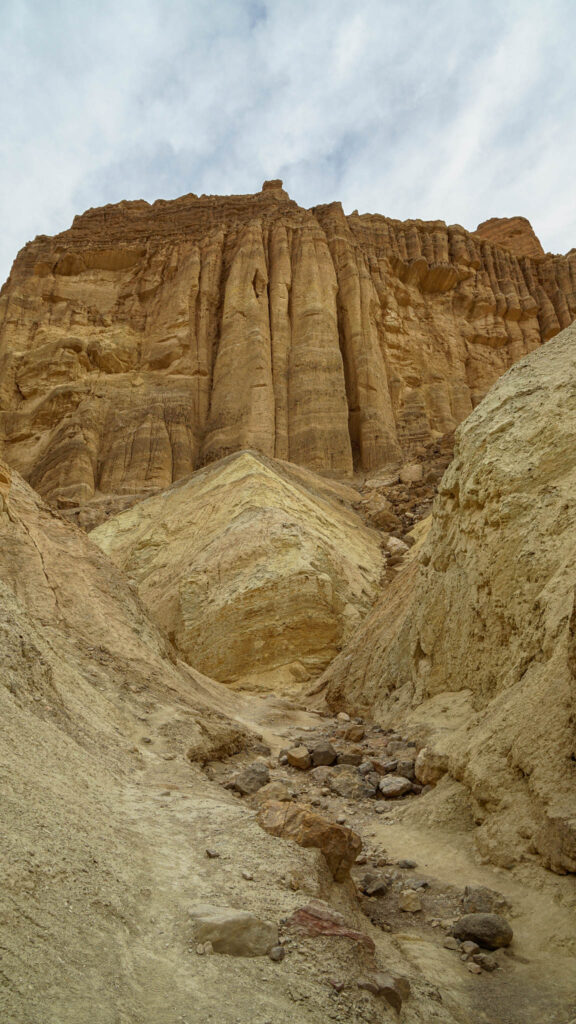
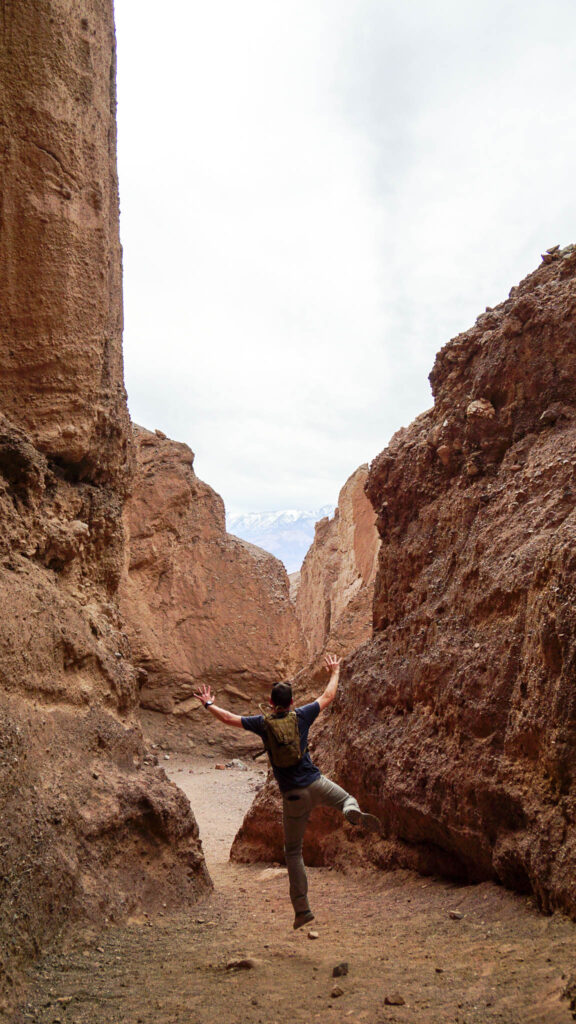
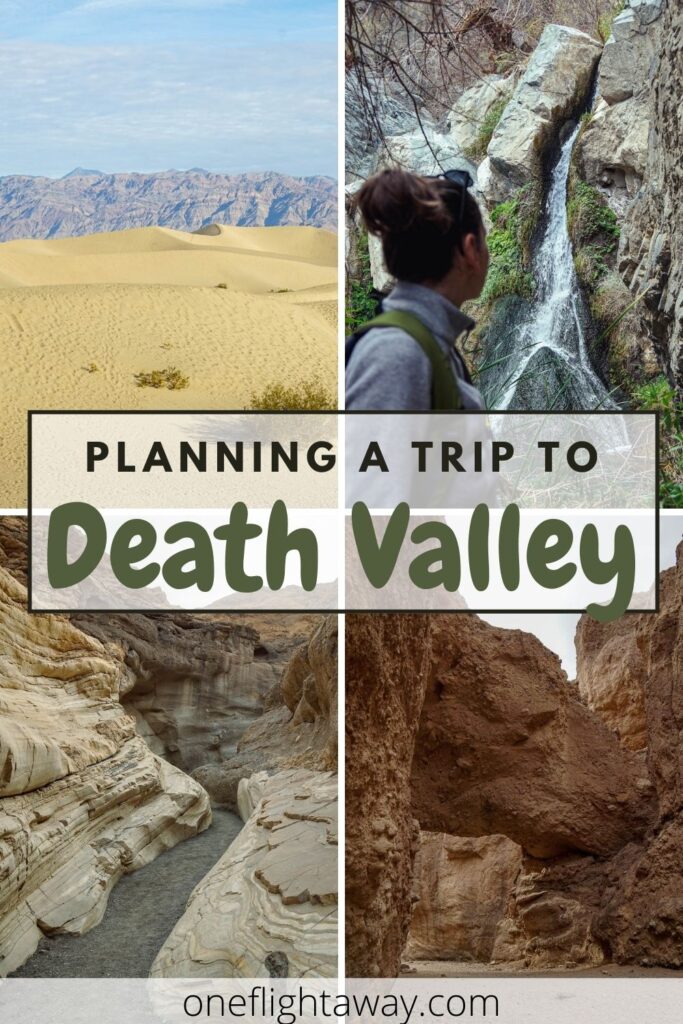
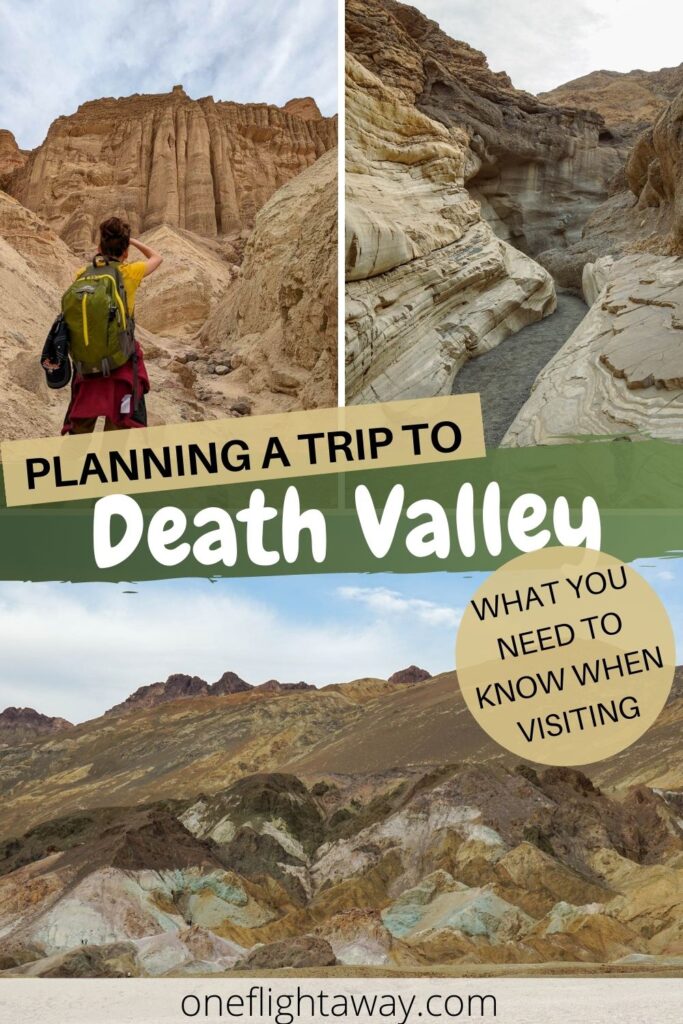
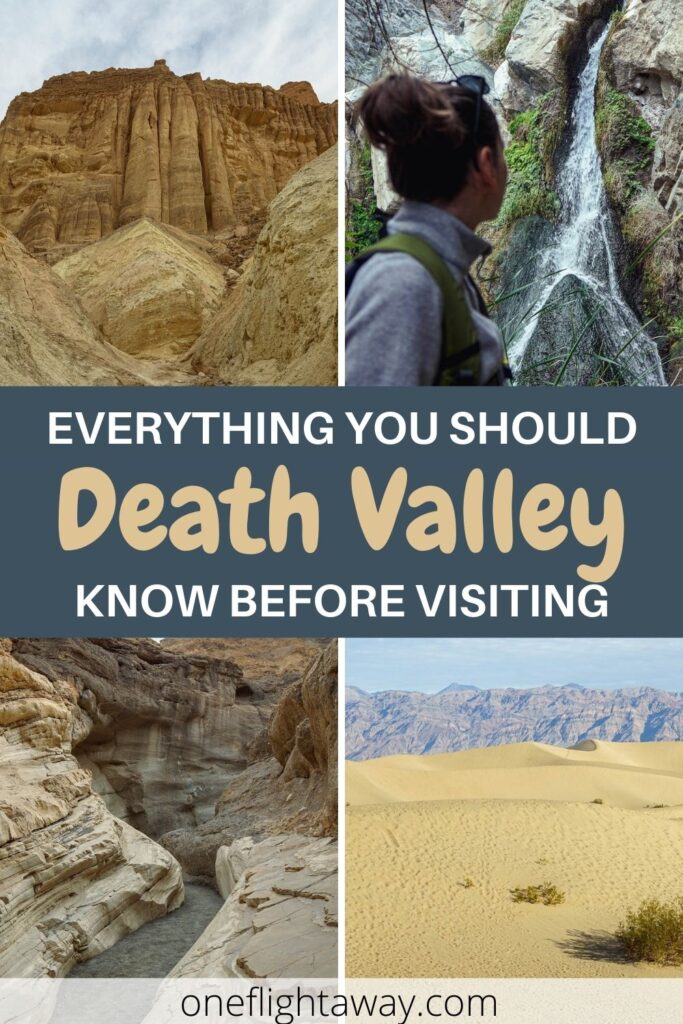


17 Comments
Chelsea
I love how you included all the things you need to know before a trip to Death Valley. I’ve been meaning to make a trip there for a while, and I’ll definitely be saving this to refer back to.
Polly Dimitrova
I am glad you found this useful, Chelsea 🙂
Venaugh
Oh wow so much great advice! The heat is a big factor for me so that would definitely influence my visit. Also good recommendation about having a full tank of gas, as it’s not something people would necessarily think about.
Polly Dimitrova
Yes, Death Valley is absolutely massive and having a full tank of gas is absolutely essential!
Kate
Great guide! I was in Las Vegas last summer and I’m so sad I didn’t have time to visit Death Valley (although I think it may have been too hot for me!). Good to know that the food options are limited, I’ll be sure to pack a picnic and lots of snacks when I do visit!
Polly Dimitrova
Yes, definitely a good idea, Kate! I hope you get to visit it soon 🙂
Linda (LD Holland)
On the travel wish list! Would love to visit Death Valley National Park. Your blog posts have provided such great hiking options. Good point about how to get a park pass! We would probably plan an off season visit to ensure we can find accommodations close to the park so we can visit on more than one day. We will certainly bring enough food so I am not searching for food options with no cell service!
Polly Dimitrova
Staying within the park is definitely the best option, as the park is absolutely massive and can take really long time to get from one place to another! 🙂
Chantelle
Park passes are totally the way to go! Its good to know all of these details including no cell service ahead of time! Pinning this for later, because you have really put Death Valley on my mind lately, and I want to go!
Polly Dimitrova
I am so happy to hear that, Chantelle. It is definitely worth the visit!
Tania M
I’m planning a trip to Las Vegas in the future, so would love to do a day trip to Death Valley, 2 hours drive away. And I would definitely avoid going in Summer and make sure I’m well prepared with food and drink. The lack of cell coverage scares me a bit, but will be sure to let people know where I’m going. Appreciate all the useful tips you’ve given here.
Polly Dimitrova
Honestly, I found the lack of cell coverage kind of refreshing – it was so good to spend a few days fully connected with nature.
As long as you have planned well in advance and sent your itinerary to a someone else to have you will be good 🙂
Eric R. Gamble
It is so bizarre because as many times as we have driven up the 395 from San Diego to Mammoth we have always driven by Death Valley National Park but never visited. Love all the hiking and different landscapes there is there. Did you see the old Star Wars sets? I was told that they left them from the 2 Star Wars Movies that were filmed in the park as well.
Dont get me wrong experiencing the heat and landscape is more important.
The last time I was in the region, we were in Lone Pine about to start backpacking the PCH and saw people were doing an ultra-race where they ran from the lowest point in Death Valley National Park & the Continental US and were running to the top of Mt. Whitney or the Highest Point in all the Lower 48! Talk about insane.
Polly Dimitrova
We actually did not have time for the Star Wars spots in the park – I think you can even plan taking a guided tour of them. I have to admit, I am not a huge fan of Star Wars (even though my husband is), so it was not very high on my list and he just rolled with me on the itinerary of Death Valley 😀
That does sound insane – I wouldn’t be able to do this 😀
Josy A
I have loved seeing your hikes around this area, so it is good to see the full background information about it too. I love the idea of visiting in Jan, when it is too cold everywhere else.
p.s. Phew that someone found your licence plate! The roads must have been sooooo bumpy for you to have lost that!!
Polly Dimitrova
Thank you, Josy, yes, finally managed to put together the full guide for visiting Death Valley. January and February might be the best months for a visit!
Ahahahha, I know – they are definitely rough (something which we have not experienced in any other national parks) – definitely, always thankful to these amazing fellow travellers 🙂
Himanshu
I have read and heard a lot on Death valley National park and your that first pic is indeed scary. Would love to explore Mesquite Sand Dunes.
It seems like a complete guide to follow while planning a visit to Death valley.